
.
Have we been looking at this all wrong?
I’ve been sitting at my keyboard for quite a while now. Waiting for inspiration to hit and for the words to begin to fly from my fingers. I’ve got this feeling that I want to write something epic! That I need to write something epic. Something sensational; something that’ll make a mark and light a fire for anyone who reads it.
It’s the beginning of a new term after all. Of course it’s not quite the same feeling as the beginning of a new year where there is that sense of a new, yet to be formed year ahead – almost like a new page, without a smudge on; waiting to be moulded or transformed into something meaningful.
A new term isn’t like that. There’s a lingering unfinished business smell to the air. That once new page is scribbled over, intents mapped out and then re-written. Stuff highlighted and then disregarded and then re-imaged. A smudge here, and a coffee cup mark there. There’s that bruise from that encounter that is still to heal; there’s that idea that once felt so brilliant but has now lost its lustre; and there’s those things that the Ministry of Education still wants even though you know it is all just a waste of your time, and if they were honest, theirs.
Still I wait for the words to come. But even as I write, and the ideas haven’t yet quite formed, I feel a need to give it a crack.
Term 1 was a cluster #$%# of plans and risk mitigation. It followed at least seven terms of exactly the same thing. The horizon constantly changed, and yet each new day arose with a new challenge and a quickly diminishing amount of energy in the tank to take it all on.
At the end of last term our Secretary of Education here in New Zealand, Iona Holstead, thoughtfully added into her last newsletter, “Thank you again for your mahi throughout what has been another challenging term. I deeply appreciate your resilience and leadership.
Kia pai ngā hararei, have a great break“.
Then she proceeded to outline everything new that needed to happen before the new term began. Where was this “great break” thing that she talked of? This came across, to me anyway, as being kind of thoughtless, and took all her initial thoughtfulness away. It was a shame.
I don’t want this to be a political type of post, and it certainly isn’t designed to be, instead I hope to highlight the challenges ahead of us should we really be serious about this thing called well-being. And let’s face it, we really should be serious about it.
As I’ve said, Term One 2022 was a roller coaster ride of writing plans, re-writing plans, adjusting plans, deleting plans, and ultimately flying by the seats of our collective pants because none of the plans nailed it all. It was challenging, mind-bending, mind-numbing, and overall suffocating.
By the end we all felt swamped. But we prevailed. And here we are again, a new term and the swamping feeling returns.
Two key readings got me thinking during the “holiday break” (yes I call it a holiday – it’s important that we take a break).
Firstly, Dr. Justin D. Henderson’s “Self Care is not the solution for Burnout” and secondly Carolyn Stuart’s “It’s habits, not goals that change our lives”.
Henderson starts off describing the likes of many staff meetings that I have led. There I am, talking from the front, painting a vivid picture of the “shit show” that we had found ourselves in. Listing the things that needed to happen, and that were going to happen; piling on the pressure with equal dollops of uncertainty on the side. And then, just as Iona did in the Bulletin, I finish with a “Look after yourself”, or a “Kia pai ngā hararei, have a great break”.
There’s this unsaid insinuation during times that are grim, that you can make it all better by looking after yourself. Do some more yoga, go for a longer run, find some time for yourself, throw in some extra meTime. The pressure is placed back on you, and if you don’t find these times to “look after yourself”; if you do burn out, drop the ball, do something stupid – then it’s not the system that’s put you in this situation, it’s your inability to deal with your self care. Ouch.
Henderson’s piece isn’t rocket science, but it is a bit of a revelation. Yes it’s fine to promote well-being as a way to talk about self help, and a way to deal with personal stress, but it’s the wider systems that need to be looked at where the real changes can be made that will actually help. You really should read his piece. It is epic!
When Iona, our Secretary of Education writes to us, she writes from an embattled, extreme position of leading us through a pandemic. Her words therefore are appropriate in these times. Times are tough, look after yourself.
The problem is though, as we head out of our current pandemic predicament this kind of rhetoric won’t change. It’ll just be a different flavour; here’s the curriculum review, here’s the Aotearoa New Zealand’s Histories, here’s the literacy and mathematics failings, here’s the …. Well, you know what I mean for sure. Oh! And by the way, don’t forget to look after yourself. Because we value you (and let’s face it we can’t do it without you), but not quite enough for us (The Ministry of Education, or the decision makers and shakers in those buildings far away) to change our systems so that maybe, just maybe you won’t have to look after yourself so much and you’ll actually be able to get on with the job!
Although not instantly related to Henderson’s, Stuart’s piece, “It’s habits, not goals that change our lives” is connected.
In our roles we’re expected to write plans, set goals; be a living, breathing strategic being. Both measured and measurable, accounted for and accountable.
But it’s not the goals that we write that make the difference in the end. It’s the habits that we make during the journey towards these goals that make the real change.
Habits are tricky things. They’re not one offs or one solution fits all pieces of fluff. They’re not, do this once and you’ll forever get success sorts of scenarios. Instead they are persistent, consistent acts of many “some-things” and “small-things”. The best are built on, and built on, and built on again until they become not just a way of thinking, but a natural way of acting.
Science suggests that it can take anywhere from 18 to 254 days to make an action a habit. With the average time being 66 days. There is nothing exact about this. But it helps to have this figure in your head so that you understand real change comes from habit, and that habit comes from perseverance.
That’s why self help in terms of dealing with stress or burnout isn’t just a “times are getting tough, make sure you’re looking after yourself” type of deal. It’s not a “go on, do some more yoga thing” and it’s all gonna be fixed, sort of thing. It’s destined to fail if you think it is.
So, yeah, I guess as I write this, I’m still looking for something epic. And that epic-ness has to come in the form of change
I used to be a proponent of the “Be the change you want the world to come” – or if you’re waiting for the cavalry to come to save you, then you’ll be waiting for a very long time, because the cavalry is you.
And you know what? I’m still a proponent of both of those. But that’s no longer going to be enough.
We see the same in the shift of thinking in regards to dealing with Climate Change. In the past the pressure has been on the individual to make all the necessary changes, but as time goes on, it’s becoming increasingly evident that the big changes need to come from big business, the corporations and the governments.
And that’s the same here with well being. Governments and “Systems” (even those of our own doing in our schools) have to make those changes. And they have to make those changes a habit – a habit of will based on real societal concern and care.
They say that breaking a habit can take at least 21 days. Addictions of course take even longer. The systems we run in our schools are also often habits – we’ve always done it this way – often written or designed way before your time. You’ll be surprised to see how quickly these can be dismantled and new habits begun if there is a collective will.
From a school leader point of view this is where you can make a difference. Start those conversations about well being in your schools, but not from a personal point of view, instead focus on your systems. What is it that is putting people under pressure most? How can the school as a living, flexible institution meet these pressures without burning everyone out?
As for the Ministry of Education or any Government institutions, their habits take a lot longer to change. Some of them are buried in legislation. But the small changes, those ones that could make a difference tomorrow, next week, or next term – they can still be made, and should be made. And so when Iona says “have a great break”, you’ll know she really means it, because the policies and systems around her will show that she actually means it.
Big stuff (and little stuff) indeed – but entirely epic for sure.
Steve
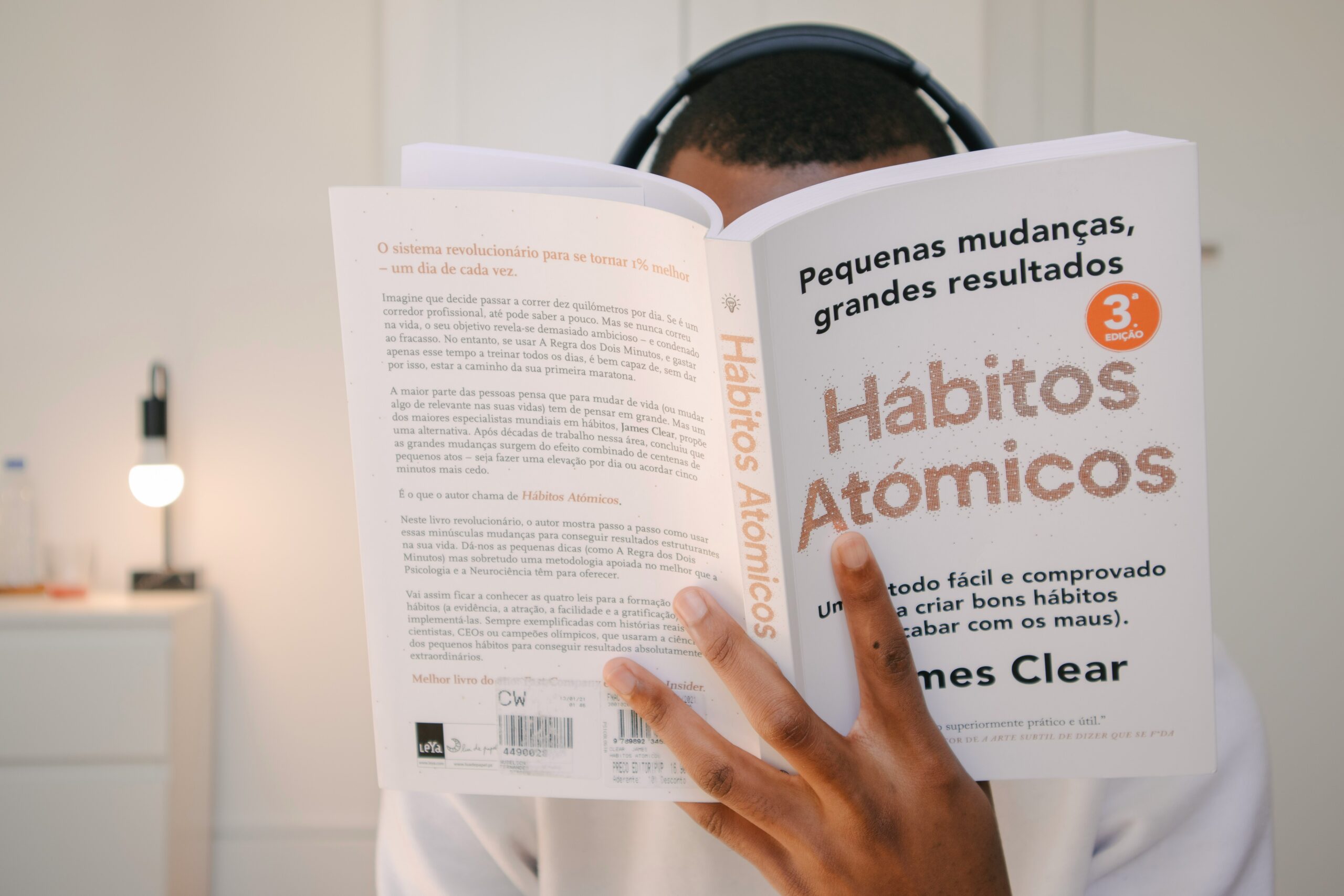




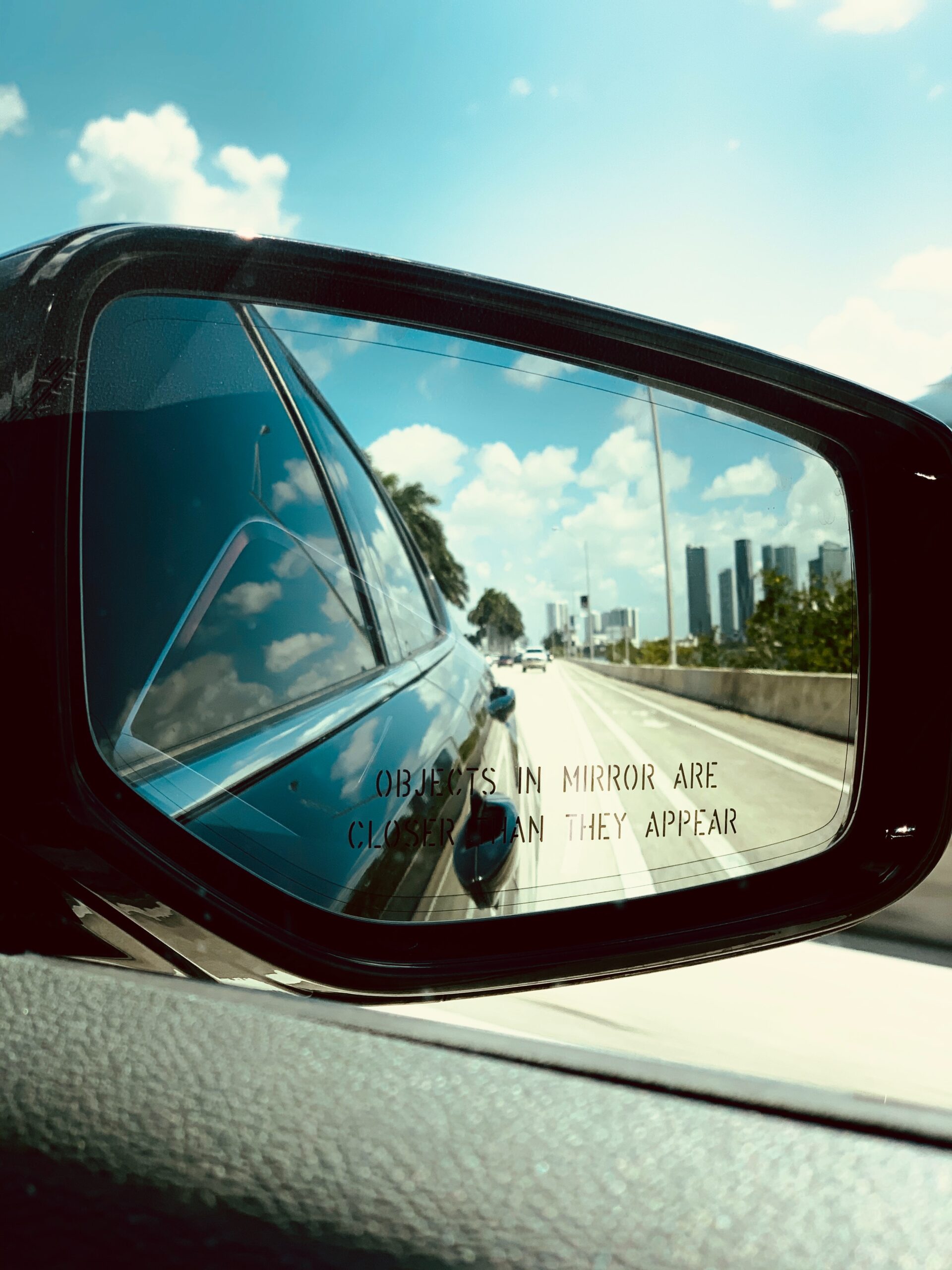







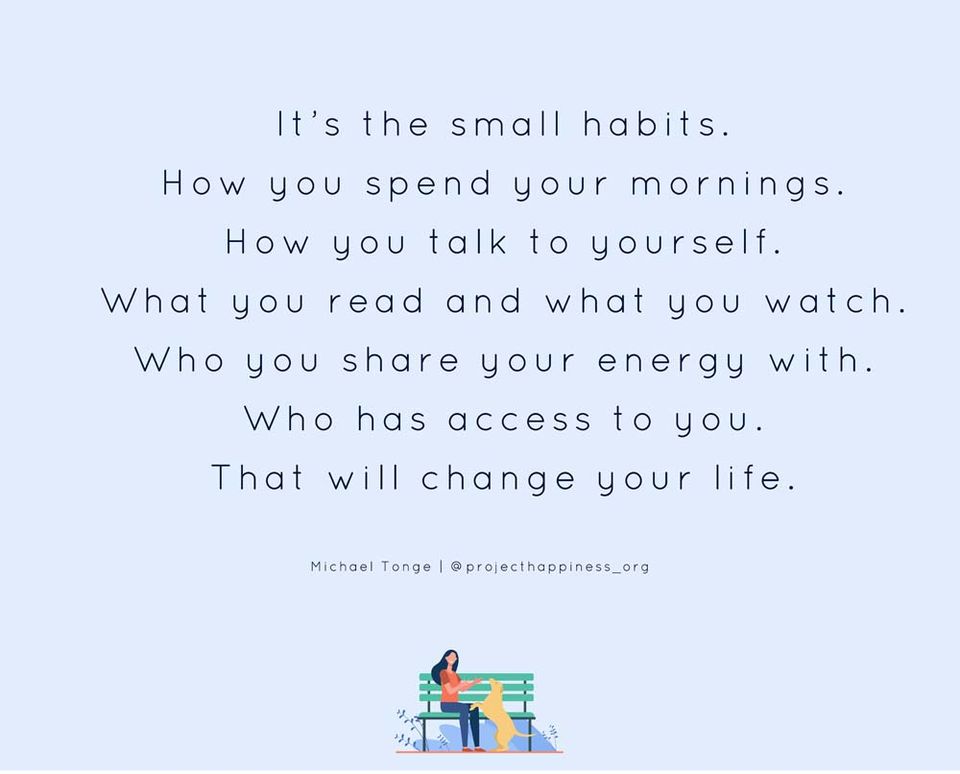


 Source pxhere.com
Source pxhere.com
 Photo by
Photo by 


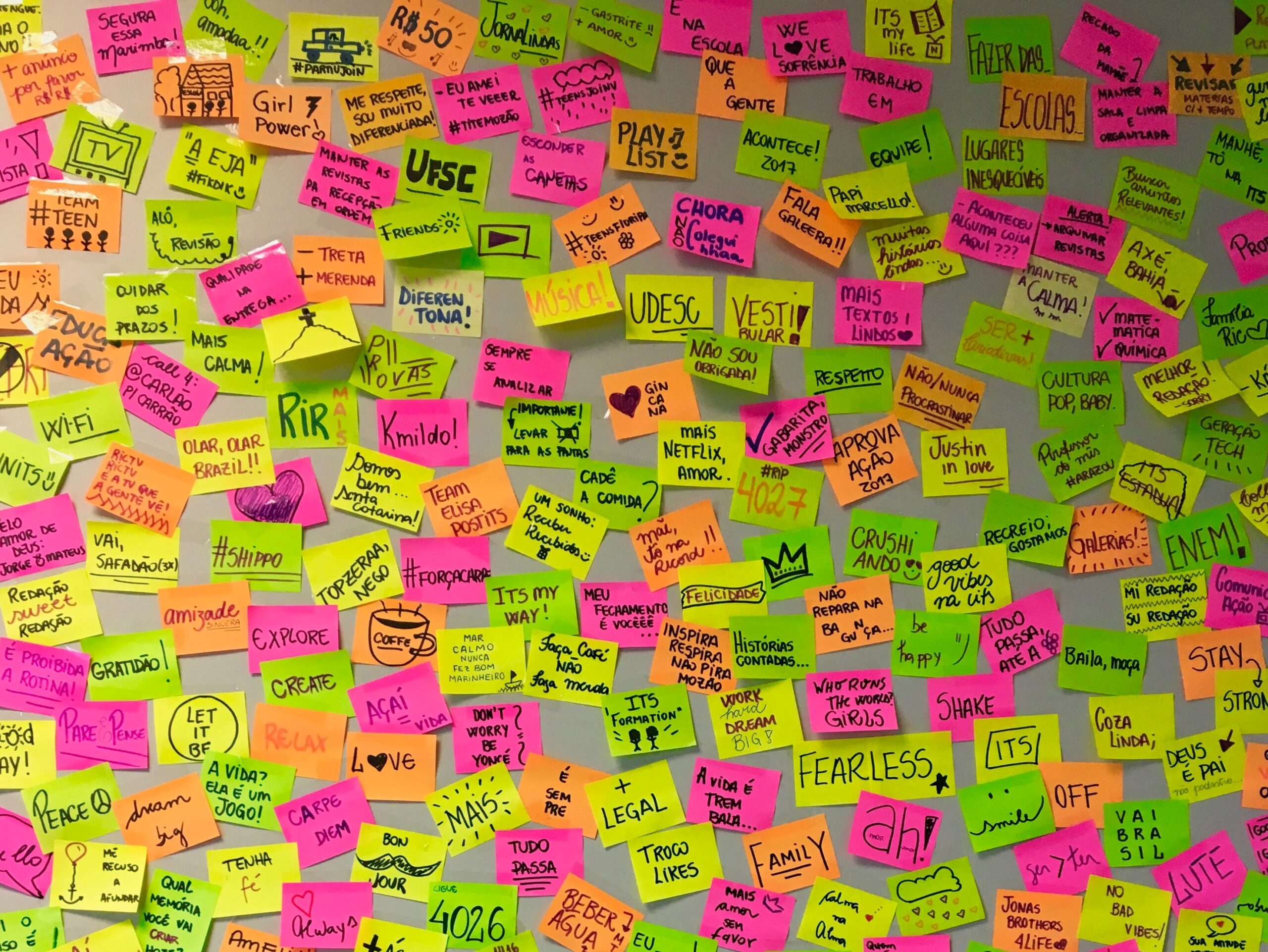
 Photo by
Photo by 

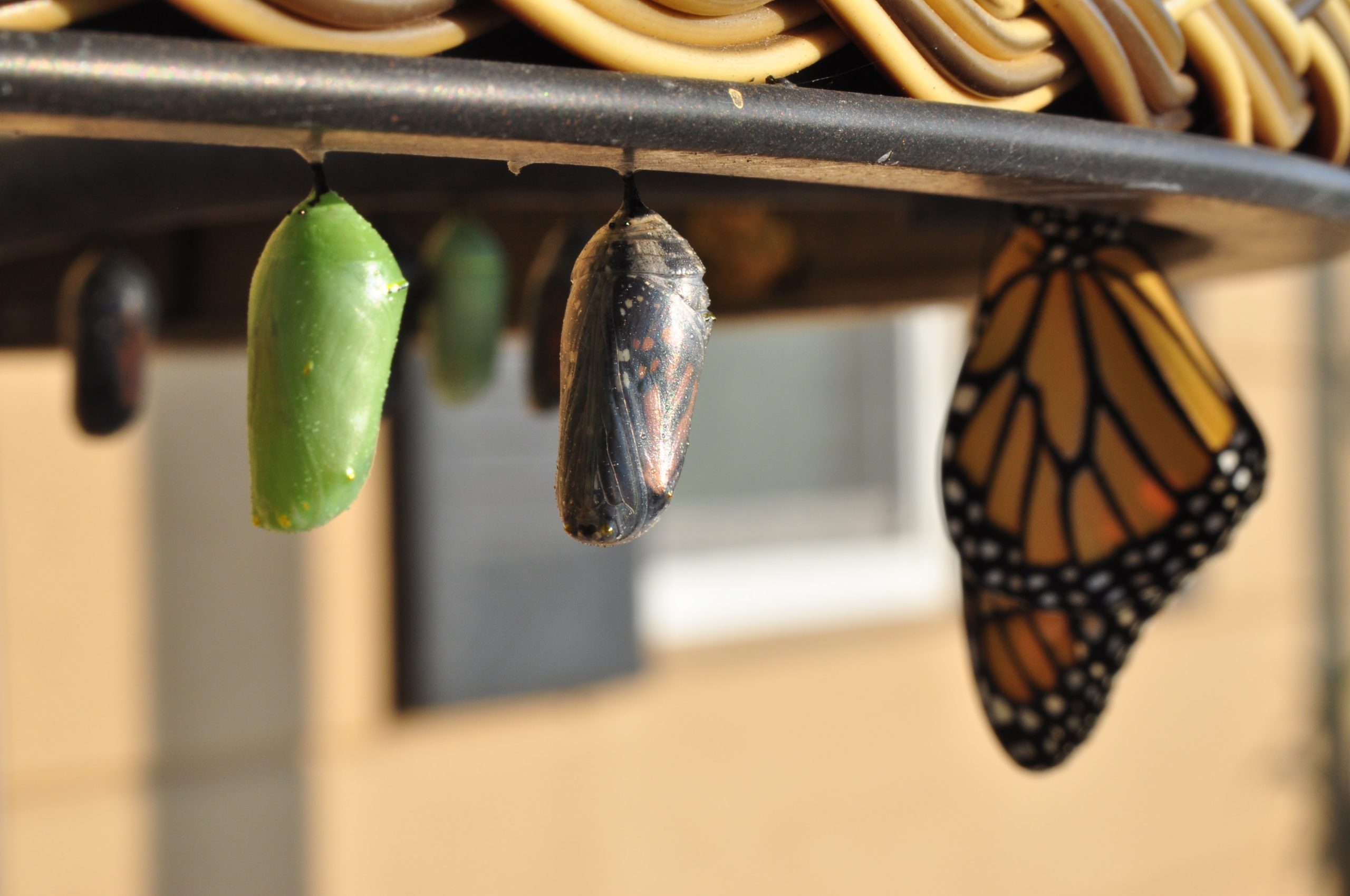
 I did an extraordinary thing last weekend. I rode a 36km mountain bike event.
I did an extraordinary thing last weekend. I rode a 36km mountain bike event.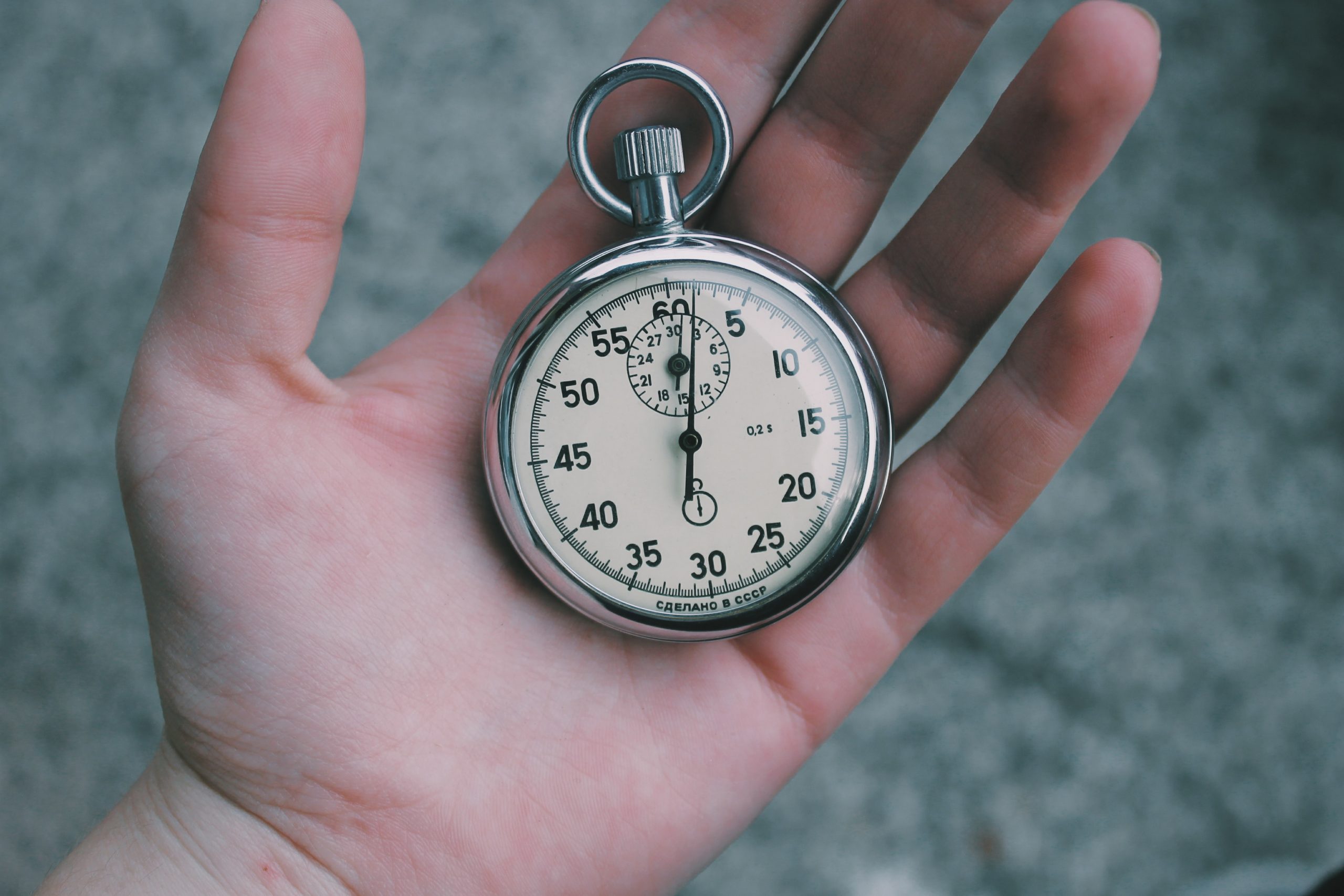
 Two weeks ago I challenged you to find a couple of habits to either change or create.
Two weeks ago I challenged you to find a couple of habits to either change or create.
 It’s the end of Week 1 (possibly Week 1.5 if you were very keen). You’re still running nicely on the energy built up over the holidays. Waitangi Day helped too. There are a zillion things on the go already at school but you’re handling them. Your team has launched with the nervous energy teachers always bring to the start of a new year. There’s excitement for the new and optimism to spare. It’s all systems go.
It’s the end of Week 1 (possibly Week 1.5 if you were very keen). You’re still running nicely on the energy built up over the holidays. Waitangi Day helped too. There are a zillion things on the go already at school but you’re handling them. Your team has launched with the nervous energy teachers always bring to the start of a new year. There’s excitement for the new and optimism to spare. It’s all systems go.